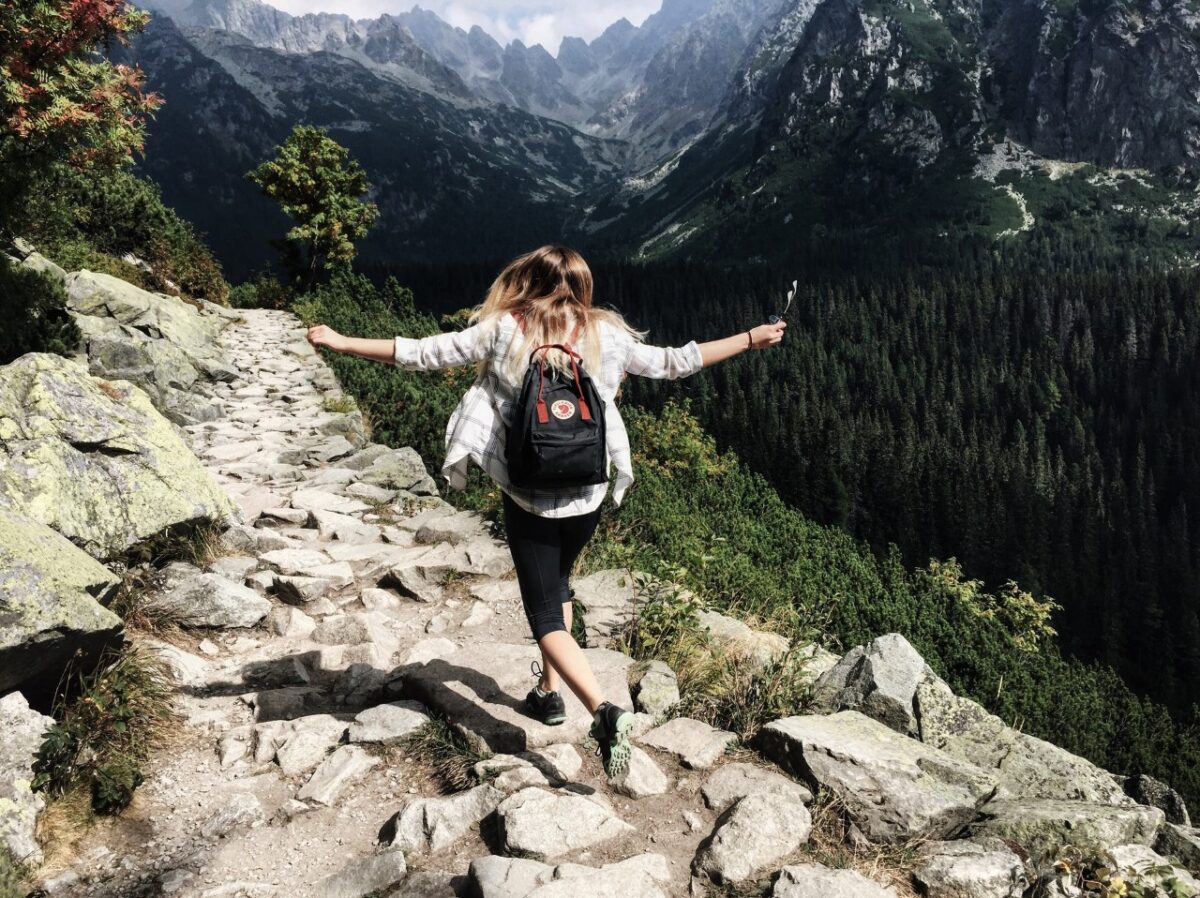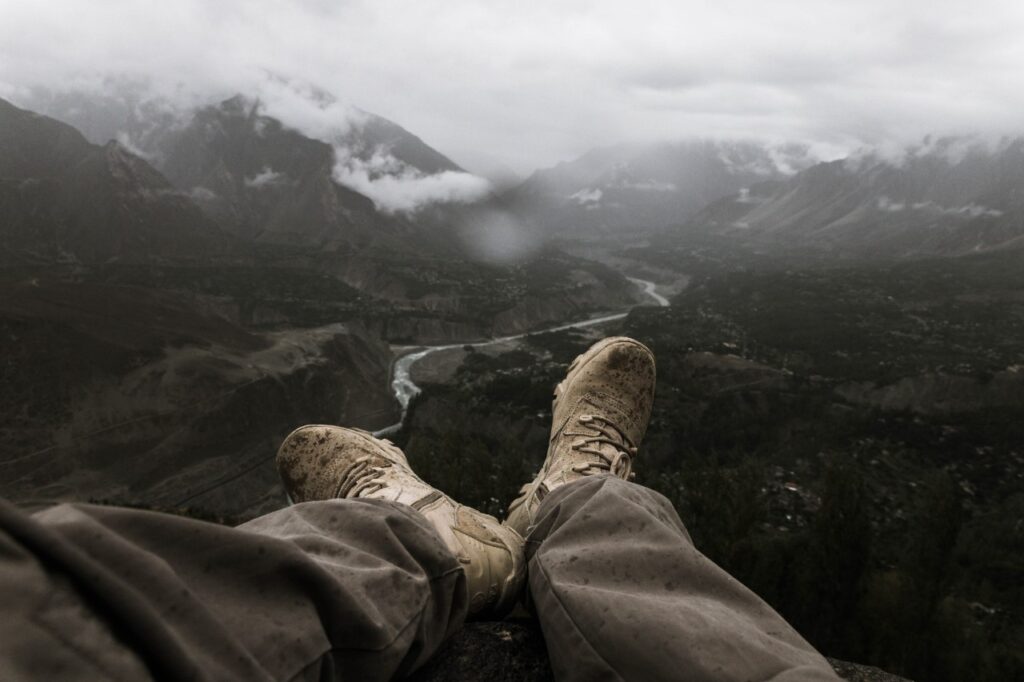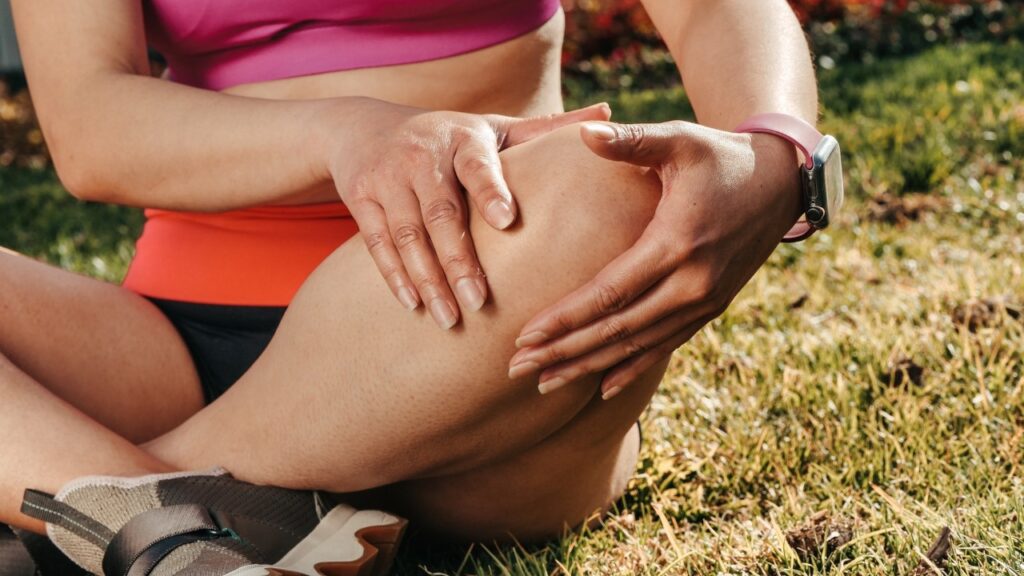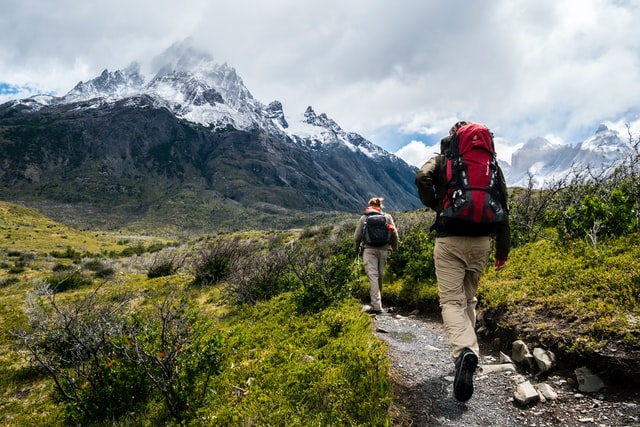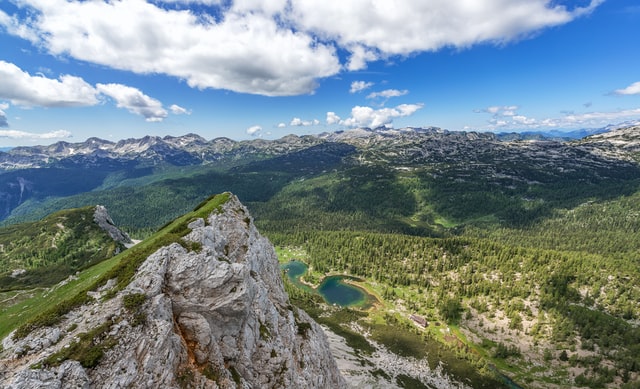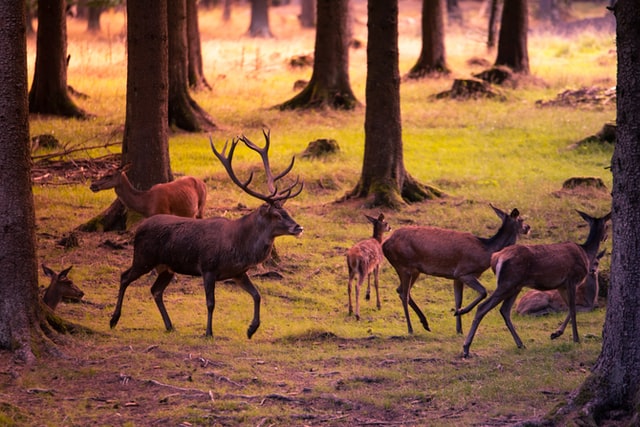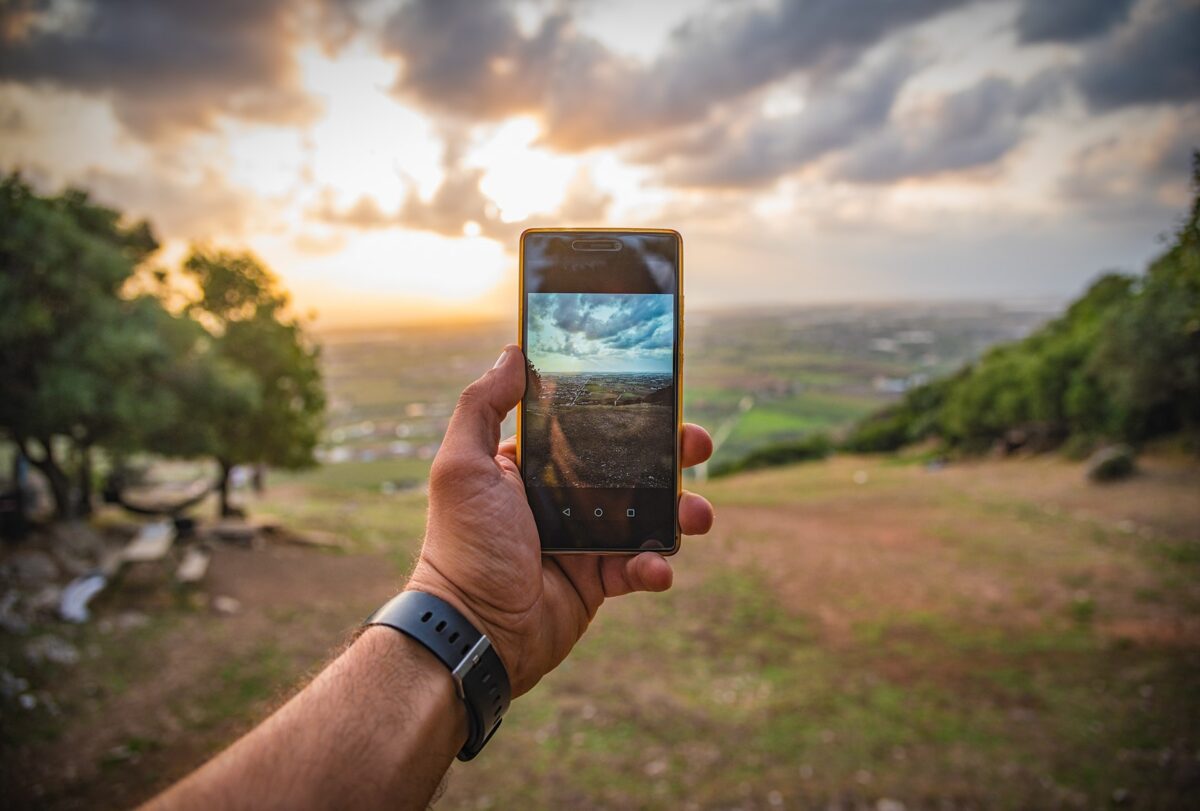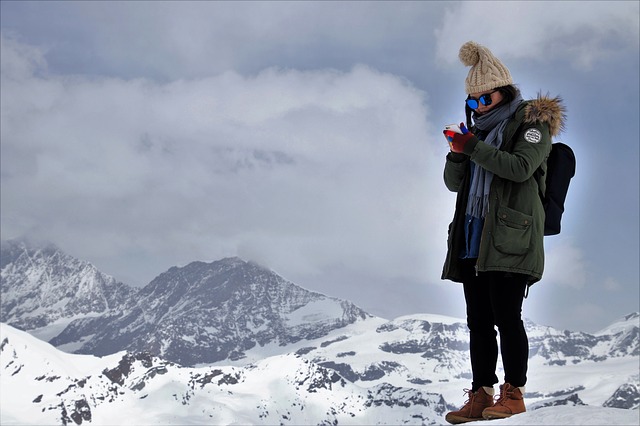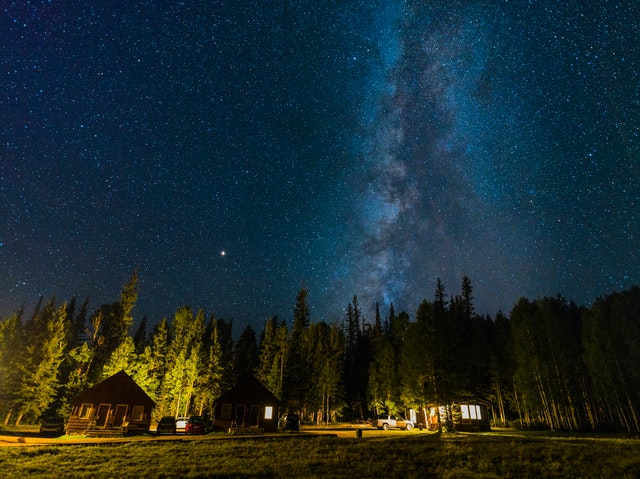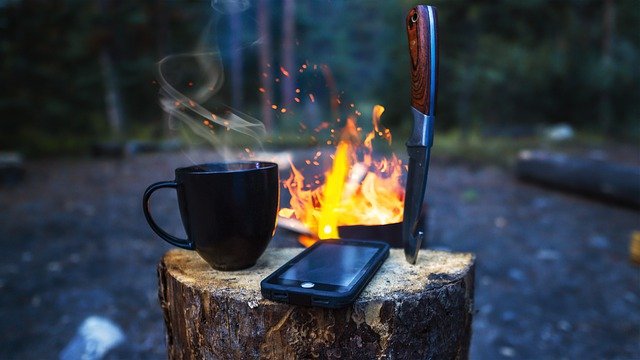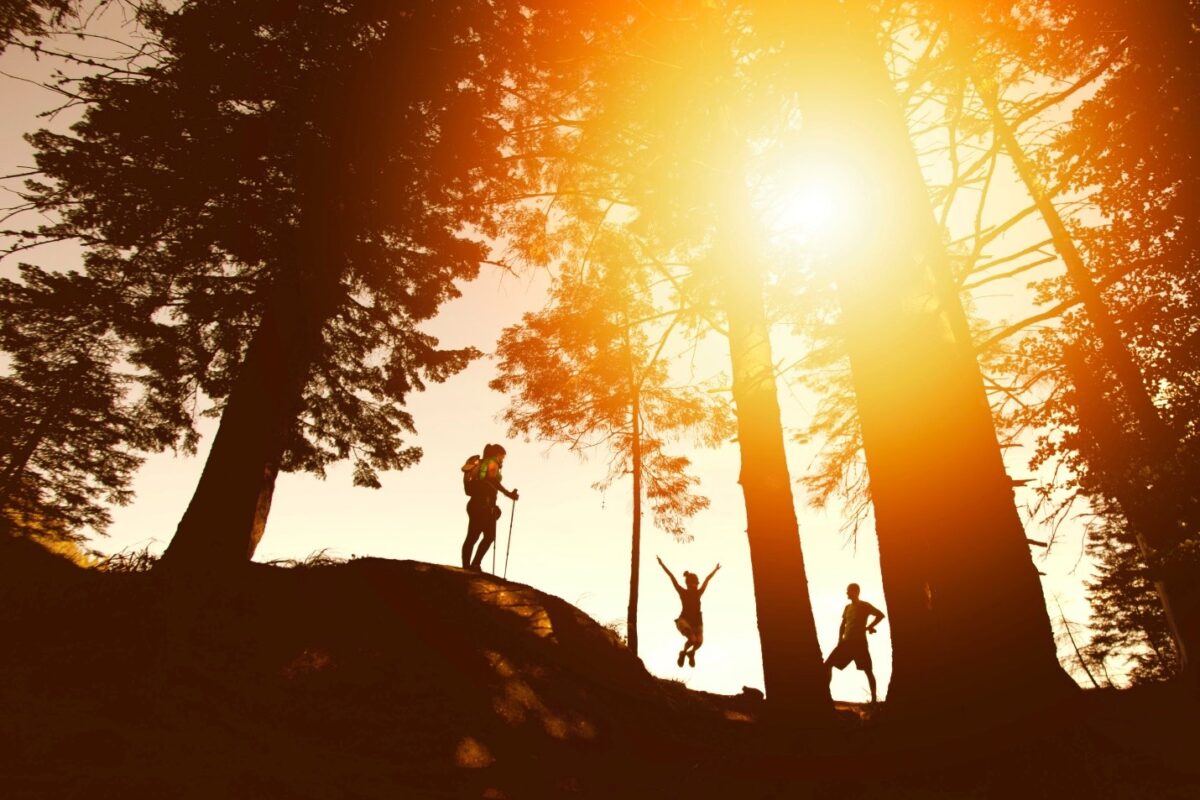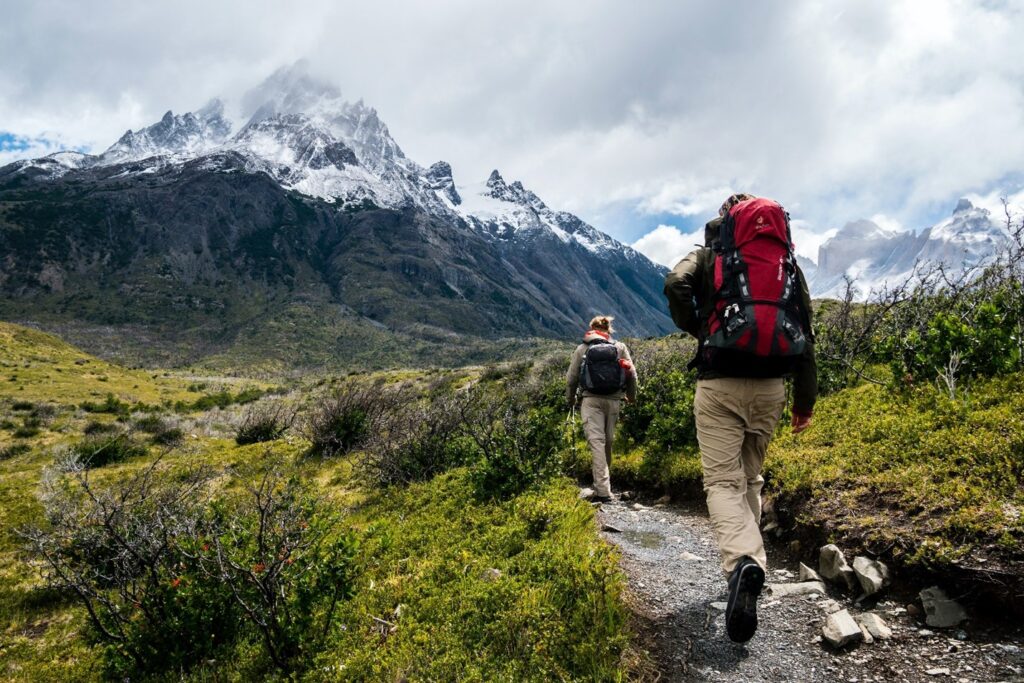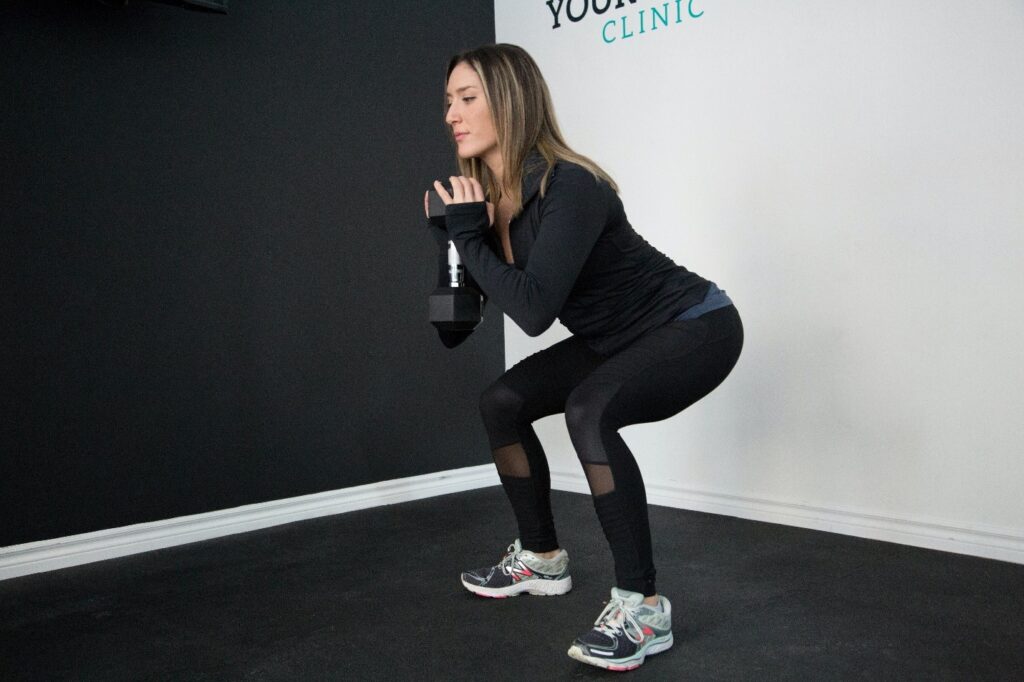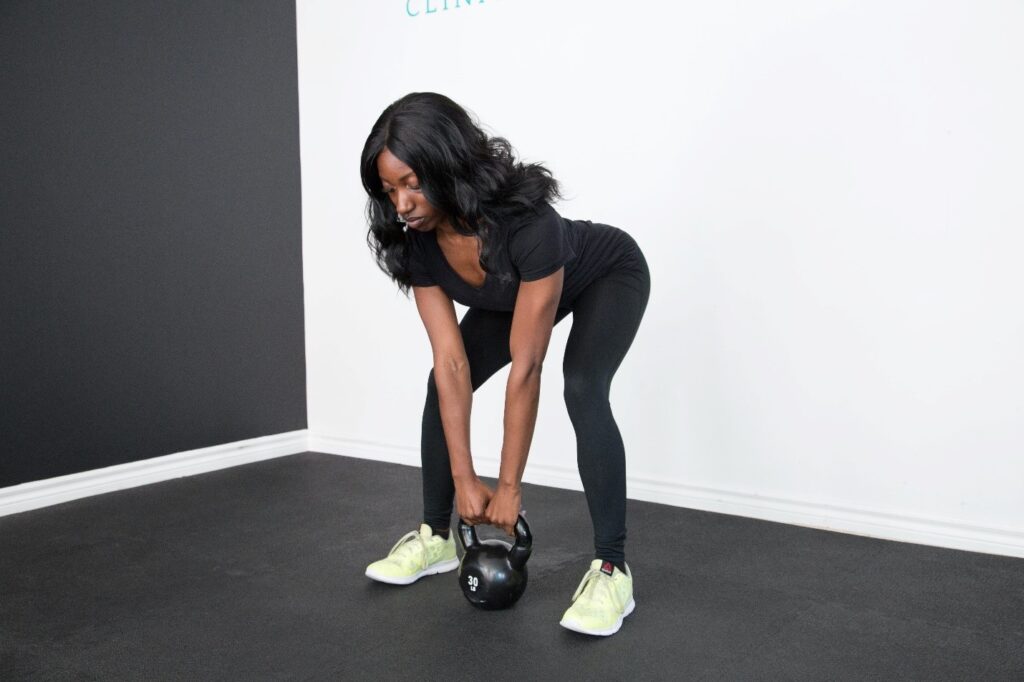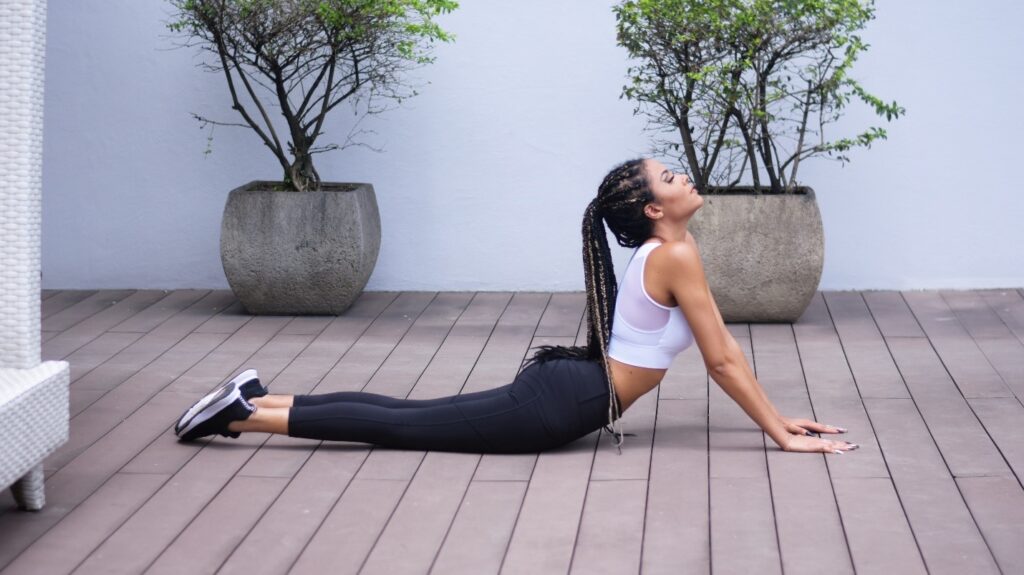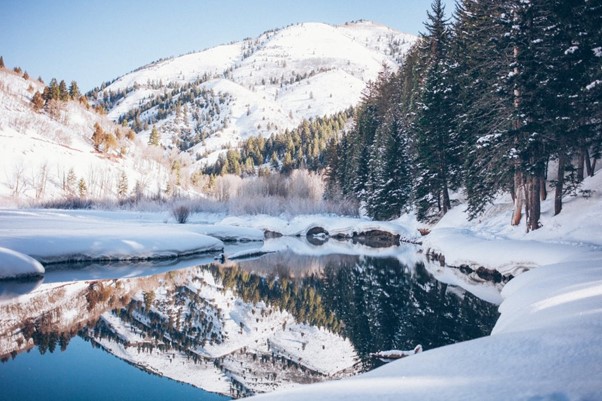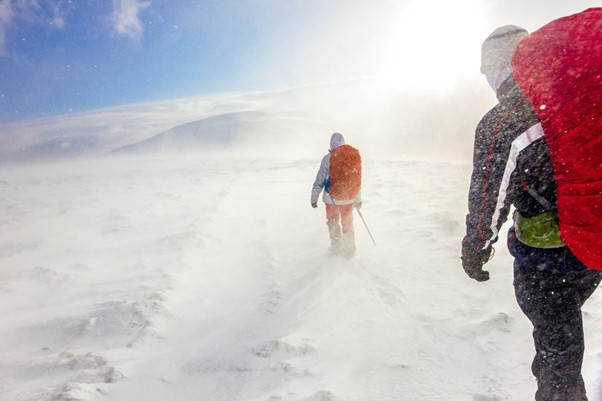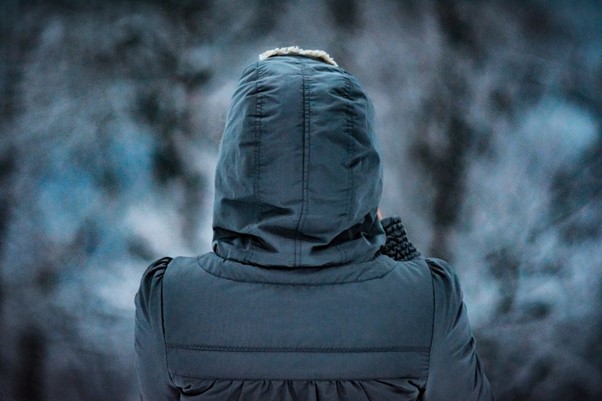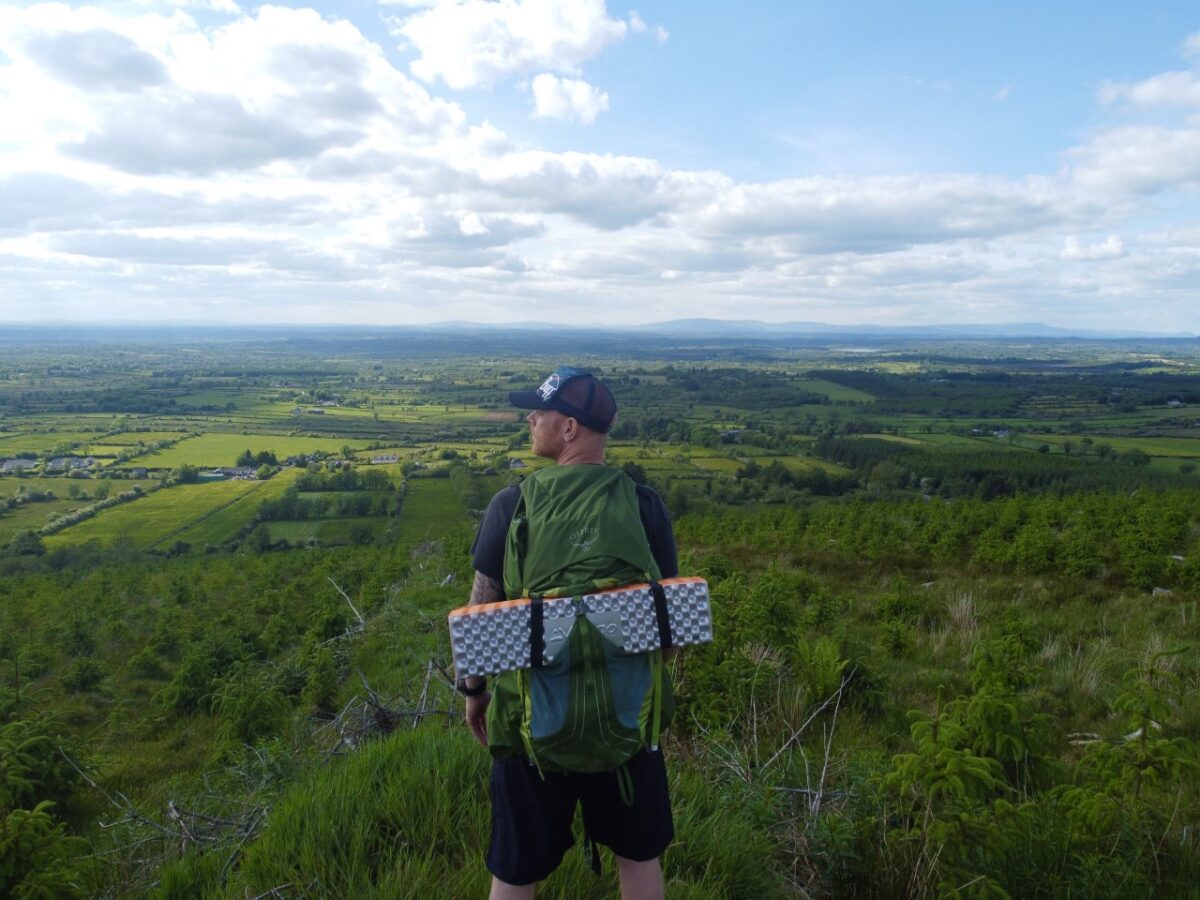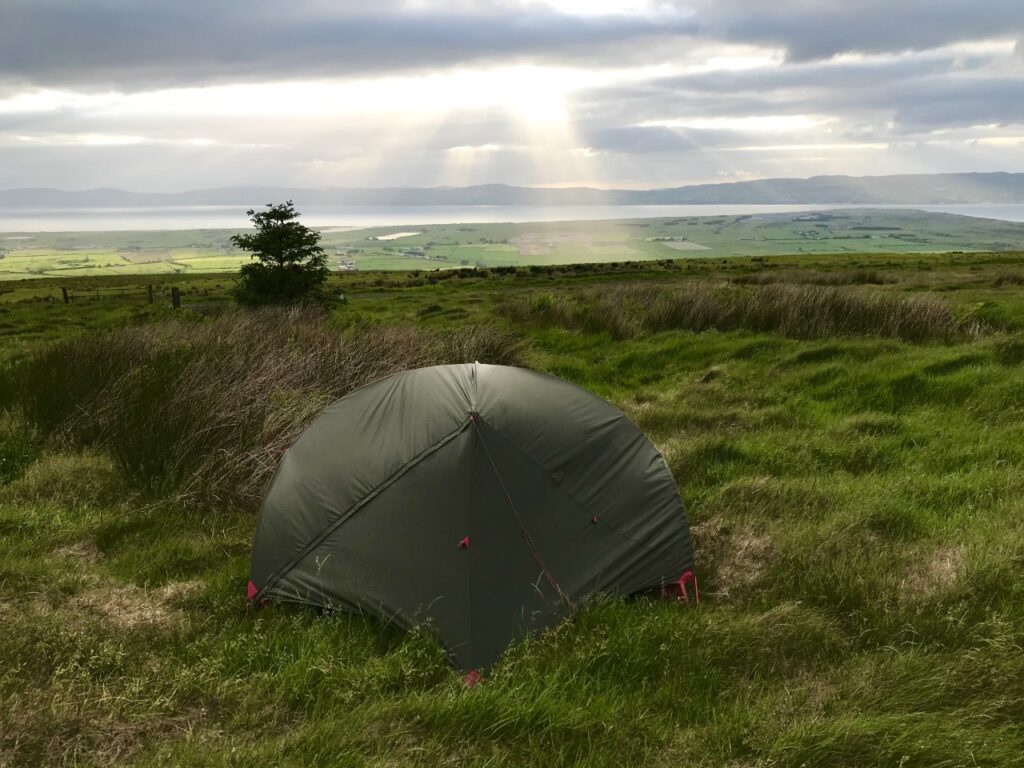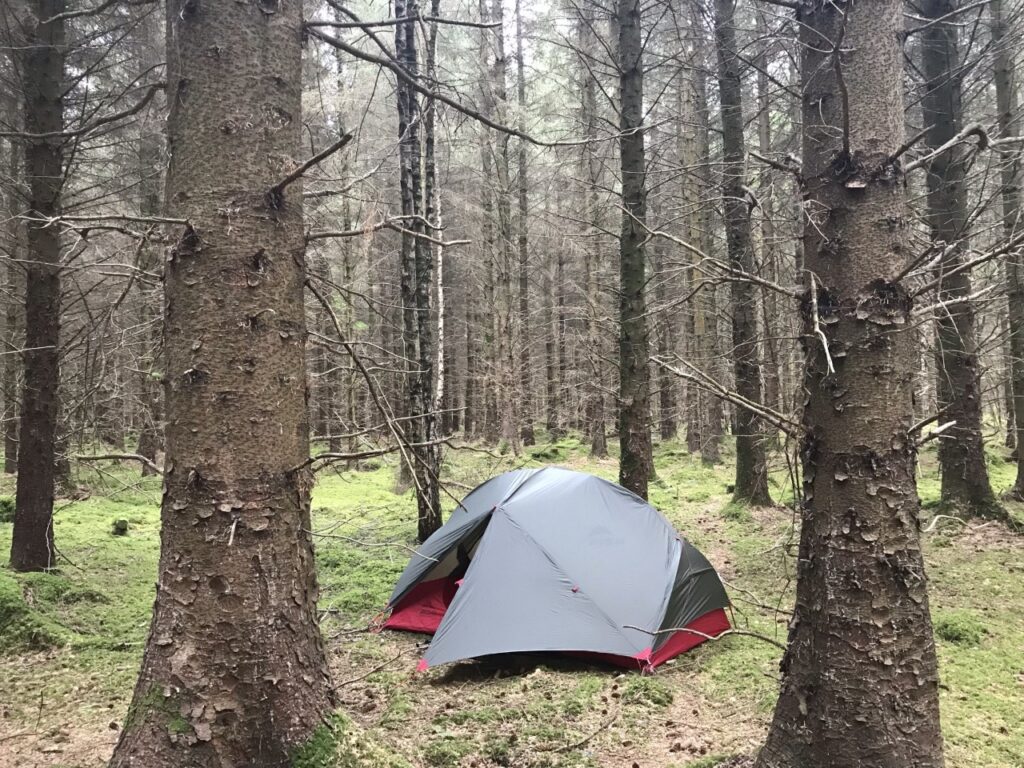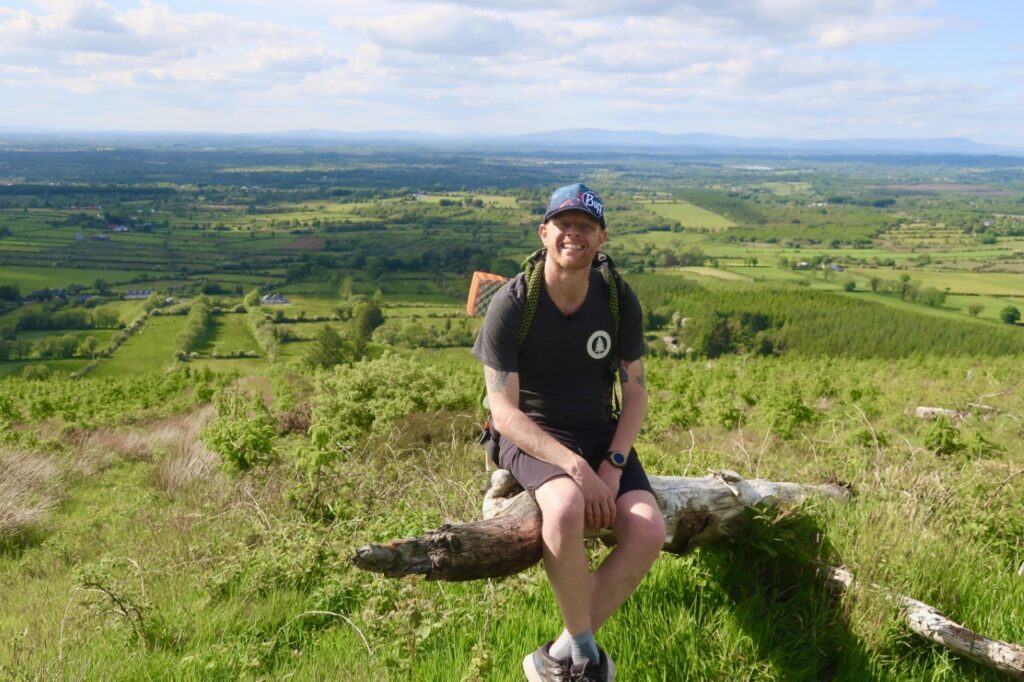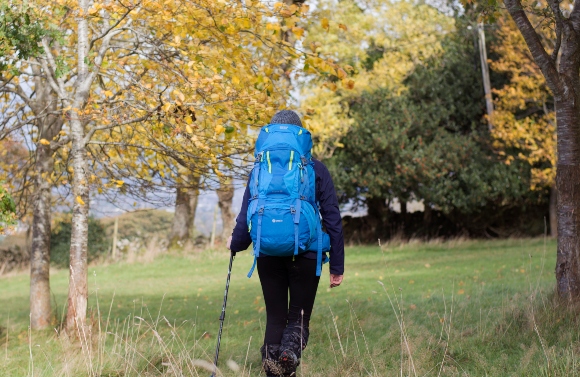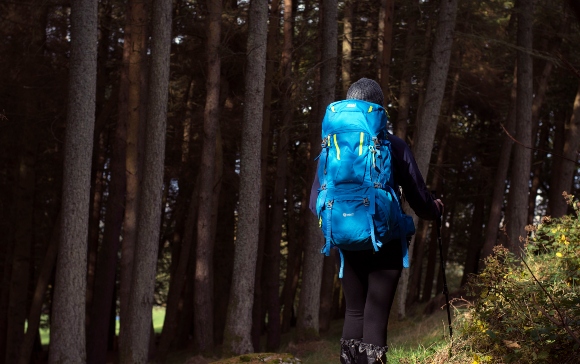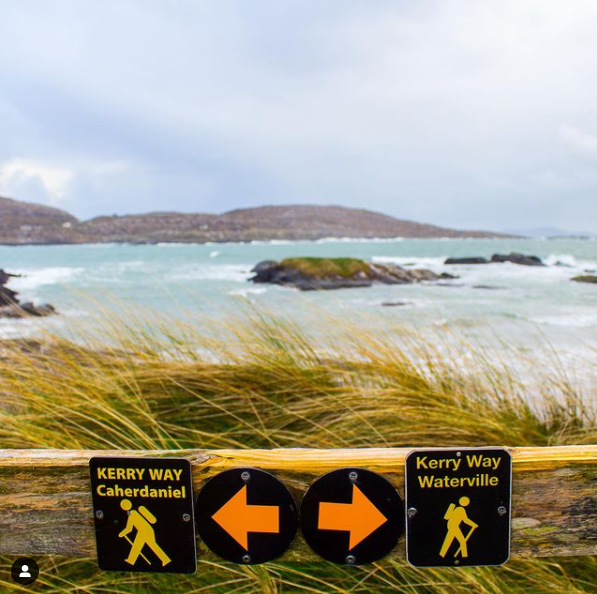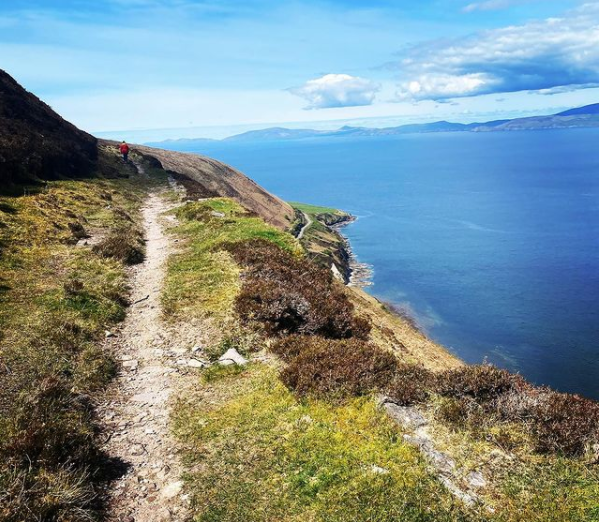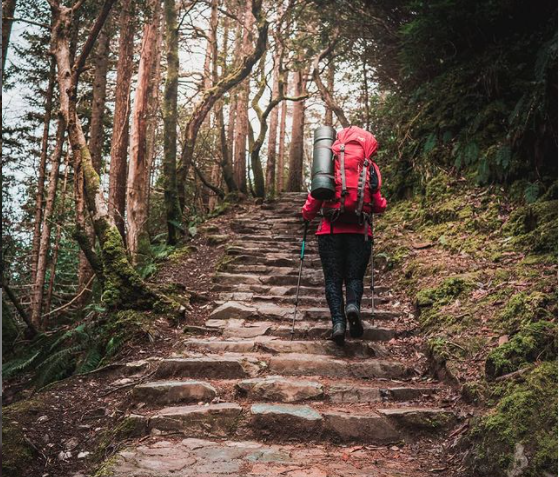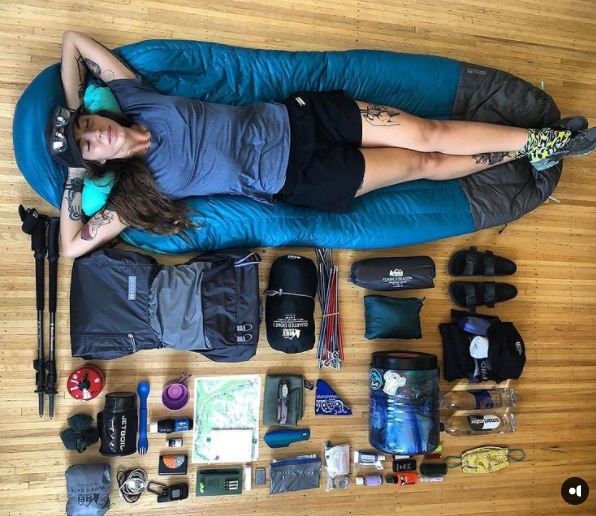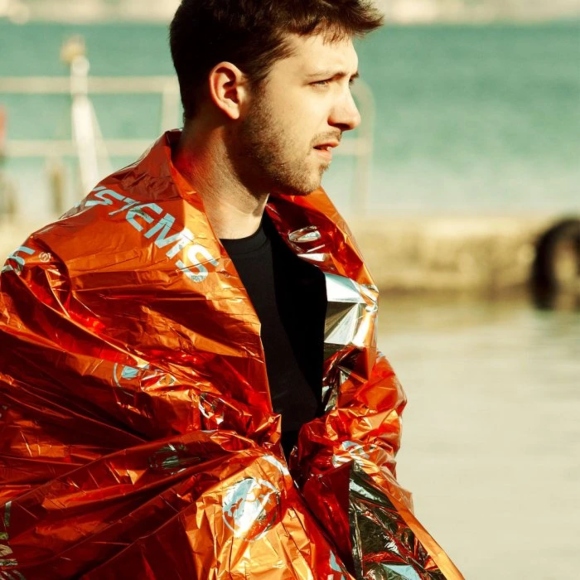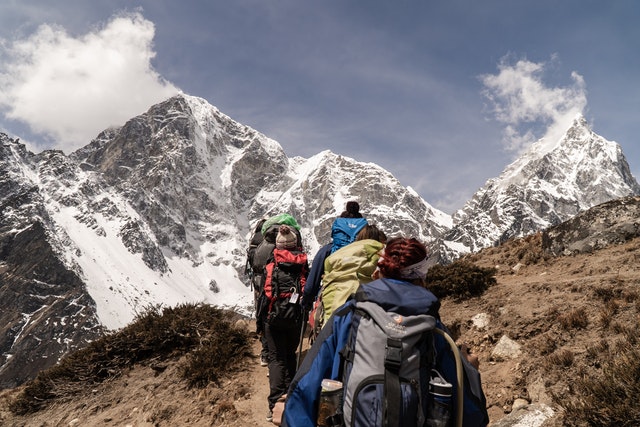
Choosing the right jacket is crucial if you like outdoor activities and have an adventurous spirit. There are many various types of outdoor jackets you can choose from. Of course, you can always buy a jacket that’s suitable for numerous activities. However, if you’re a serious player, it’s better to go for a jacket that’s specifically designed for a specific activity. Believe it or not, a proper outdoor jacket will improve your activity and make it bearable and even possible. That’s why it’s essential to inform yourself about what type of jacket is best for your chosen outdoor activity. This is what we will talk about in this article. So, brace yourself because we’re giving you the ultimate guide to buying different types of outdoor jackets. Let’s scroll!
A tough jacket for mountaineering
Mountaineering can get harsh, and thus the interaction between the rock and the jacket is unavoidable. In addition, you’ll almost always be carrying a (large and heavy) backpack of some kind. That is why alpine and rock climbing jackets must be tough above anything else. This is only logical since you’ll constantly have to contend with rather unfavourable weather conditions at high elevations. And let’s not even mention the wind up there! Even if the weather is lovely at the ground level, the temperature will drop as you climb further up the mountain. Therefore, hard and softshell jackets have become mountaineers’ first choice. Other things to look for in a perfect jacket for mountaineering:
- Proper fit and flexibility for motion. Mountaineering can be pretty demanding, so if the jacket restricts your freedom of movement in any manner, you are in trouble for the rest of the day.
- Good length. It would be best if you made sure the jacket was long enough. Otherwise, it will not fit well beneath a climbing harness and will ride up over it.
- Pocket position. They should be placed a little higher so that you can still reach them while wearing a harness.
- Helmet-compatible hood. Only if the hood is helmet-compatible can you wear it over the rock climbing helmet without any trouble.
Therefore, when it comes to buying different types of outdoor jackets, this is what you should look for in a mountaineering jacket.
A flexible jacket for hillwalking
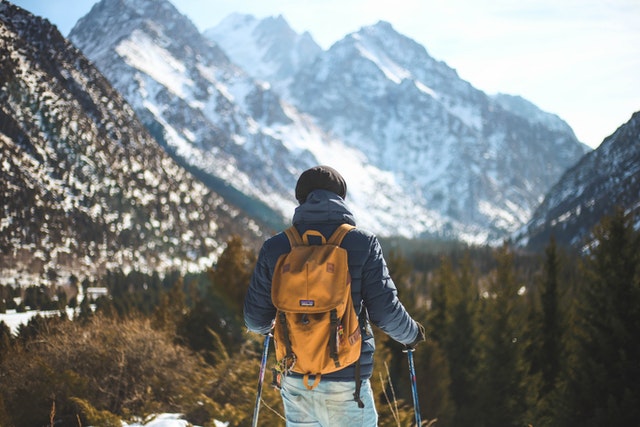
Hillwalking is another demanding activity that requires a specific and different type of outdoor jacket. You should look for several features when you’re buying a hillwalking jacket, and all of them are conditioned by various factors. So, let’s see the essential elements of this type of outdoor jacket:
- Excellent weather protection. Whether it’s heavy rain or unbearably strong wind, you’ll have to deal with unpredictable weather and always be prepared. That’s why a technical waterproof jacket or softshell jacket is what you can rely on in these conditions.
- Breathability. Whether you get wet from heavy rain or it’s hot, and you’re sweating like crazy, you must wear a jacket with good breathability.
- Toughness. Remember that you might be carrying a large rucksack. Therefore, your jacket must be constructed to handle all of that extra weight and friction and thus be strengthened at the shoulders.
- Easily-adjustable hood. You don’t want your hood to fall off when it gets windy and starts to rain at the same time. So, make sure you can adjust it easily according to the current weather.
- Proper size. Choose a large enough jacket so you can wear it comfortably over a warm layer of clothes.
A functional jacket for cycling
Winds may be a cyclist’s worst nightmare, whether on the road or on the mountain. That’s why cycling jackets that flap around or fill up with air are entirely useless. Therefore it’s critical that a cycling jacket fits appropriately and is somewhat close-fitting. This is the only way to prevent blowing out like a drogue parachute at greater speeds. In addition, cycling jackets have a slightly different overall cut compared to other outdoor jackets. They frequently have an extended back, which assists in safeguarding your lower back, especially while leaning forward.
Additionally, cycling jackets frequently include a pocket on the back. This is particularly useful not just because you may keep all types of bits and bobs in it but also because they are constantly within reach. Moreover, the jacket should be as light as feasible and fitted with reflective components for all those night crawlers out there.
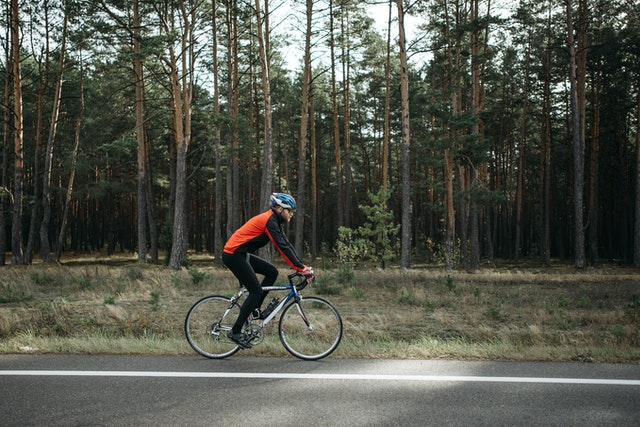
A lightweight jacket for trail running
Trail running is an endurance sport that requires a lot of effort. That’s why you can’t overlook breathability when buying thy type of outdoor jacket. Excellent moisture management must be prioritized. The jacket should not only fit nicely, but it should also be as snugly as possible. Only then will water vapor be able to escape with the least amount of resistance.
Furthermore, every ounce matters, especially on long runs. If you intend to carry the jacket in your backpack, it should be as light as possible. Additionally, it would be best if you fit it in the smallest pack size you can.
Don’t forget about the weather protection. Trail running jackets must be both water and windproof, depending on the weather conditions you have to deal with on the trail. Hoods can also come in handy, but you should know they add extra weight.
When it comes to storing this type of jacket, you need to be extra careful. So, when preparing clothes for storage during winter, make sure to keep them safe and dry, especially this type of jacket. You can keep them in weather-controlled storage and protect them from bugs. The truth is, you don’t want to buy a new trail running jacket every season.
Additional outdoor jacket features
Now that you know the essential features you should look for when buying different types of outdoor jackets, let’s take a look at the additional features that can come in handy:
- Water bottle compartments on the inside
- Internal smartphone pocket with access to headphones
- Pockets for everything you intend to bring with you
- Zippers that work with climbing harnesses
- Secure passport pocket
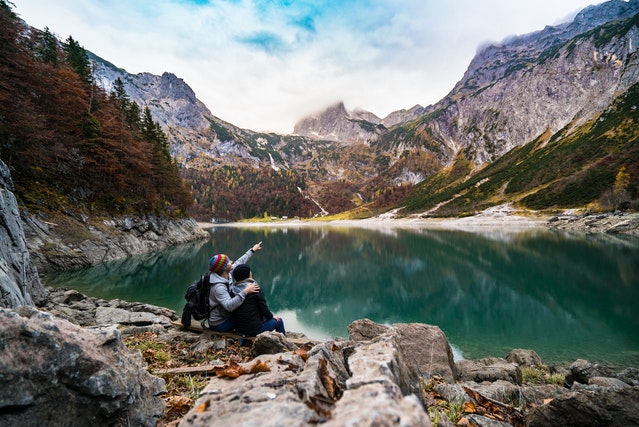
The final zip
As you can see, the jacket plays a significant role in your outdoor activity. It can determine its overall quality. It would be best to consider plenty of factors when choosing your next outdoor jacket. Anything from weather to flexibility should be on your checklist. With this guide to buying different types of outdoor jackets, you’re ready to make an educated pick. So, what are you waiting for? It’s time to buy the perfect outdoor jacket!

